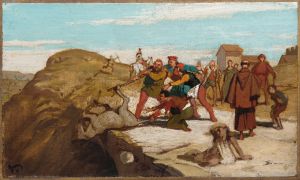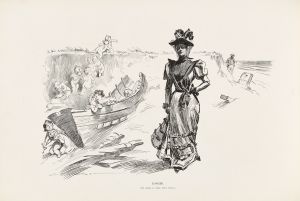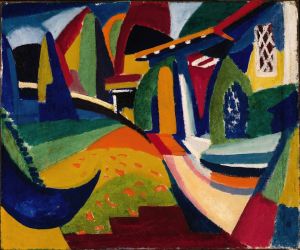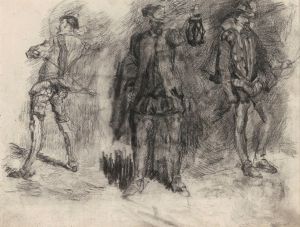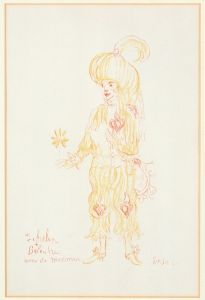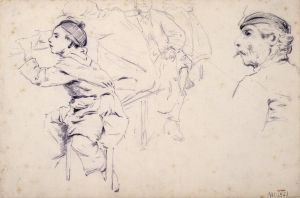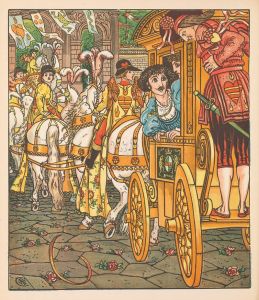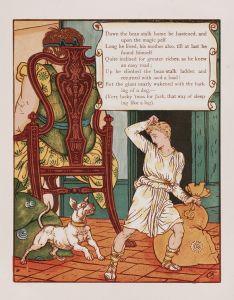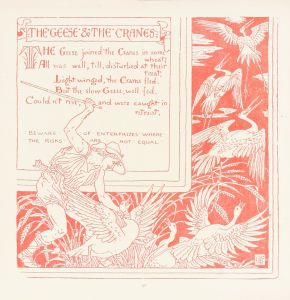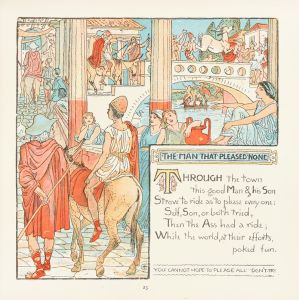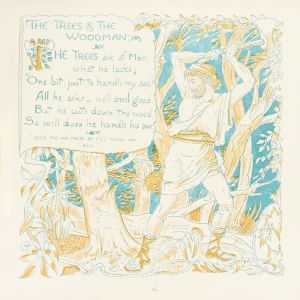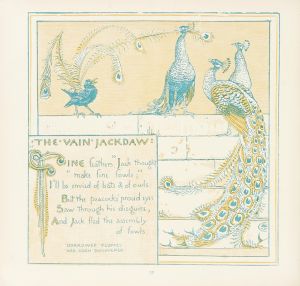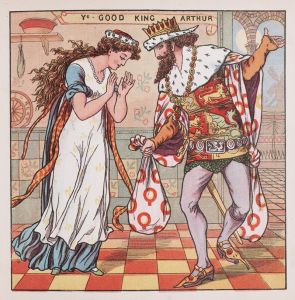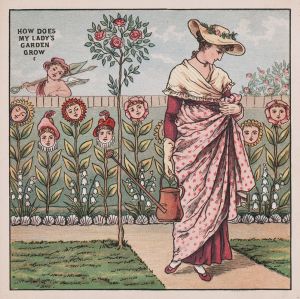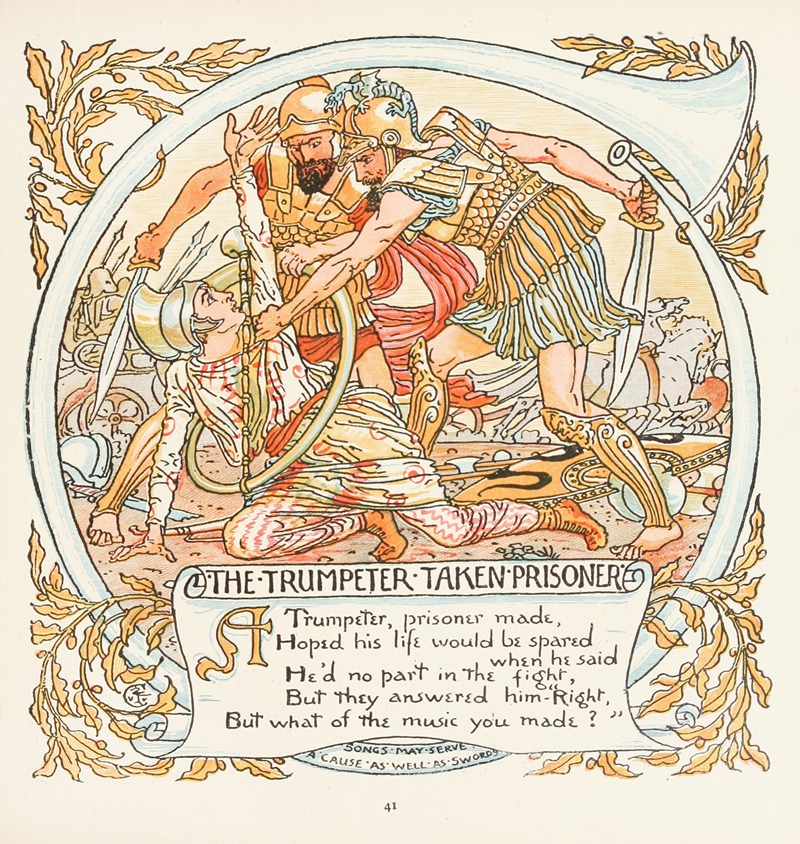
The Trumpeter taken Prisoner
A hand-painted replica of Walter Crane’s masterpiece The Trumpeter taken Prisoner, meticulously crafted by professional artists to capture the true essence of the original. Each piece is created with museum-quality canvas and rare mineral pigments, carefully painted by experienced artists with delicate brushstrokes and rich, layered colors to perfectly recreate the texture of the original artwork. Unlike machine-printed reproductions, this hand-painted version brings the painting to life, infused with the artist’s emotions and skill in every stroke. Whether for personal collection or home decoration, it instantly elevates the artistic atmosphere of any space.
Walter Crane (1845–1915) was a prominent English artist and illustrator, known for his contributions to the Arts and Crafts Movement and his work in children's book illustrations. One of his notable works is "The Trumpeter Taken Prisoner," which exemplifies his distinctive style and thematic interests.
"The Trumpeter Taken Prisoner" is a painting that reflects Crane's fascination with medieval and romantic themes, often depicted through a narrative lens. Although specific details about the painting's creation and exhibition history are limited, it is consistent with Crane's broader body of work, which frequently explored historical and allegorical subjects.
Crane was deeply influenced by the Pre-Raphaelite Brotherhood, a group of English painters, poets, and critics founded in 1848. This influence is evident in his use of vivid colors, intricate details, and an emphasis on beauty and nature. His work often incorporated elements of mythology, folklore, and history, which were popular themes during the Victorian era.
In "The Trumpeter Taken Prisoner," Crane likely employed his characteristic style of combining strong outlines with flat, decorative patterns. This approach was part of his broader artistic philosophy, which sought to integrate art into everyday life, a key tenet of the Arts and Crafts Movement. Crane believed in the unity of art and design, advocating for the production of beautiful yet functional objects.
Crane's work was not only limited to paintings but also extended to book illustrations, wallpapers, and textiles. His illustrations for children's books, such as those for the "Toy Books" series, were particularly influential, setting a standard for children's literature with their imaginative and detailed imagery. These illustrations often carried moral or educational themes, reflecting Crane's belief in the didactic potential of art.
Throughout his career, Crane was also an active socialist, and his political beliefs occasionally permeated his art. He used his work to comment on social issues, advocating for workers' rights and equality. This aspect of his life, while not directly related to "The Trumpeter Taken Prisoner," provides context for understanding the values that informed his artistic practice.
Crane's legacy is significant in the history of British art, particularly in the context of the Arts and Crafts Movement. His efforts to bridge the gap between fine art and applied art helped pave the way for future generations of artists and designers. While "The Trumpeter Taken Prisoner" may not be as widely recognized as some of his other works, it remains a testament to his skill and the thematic interests that defined his career.
In summary, Walter Crane's "The Trumpeter Taken Prisoner" is a reflection of his artistic style and thematic interests, rooted in historical and romantic narratives. Although specific details about this painting are scarce, it is representative of Crane's broader contributions to art and design during the late 19th and early 20th centuries.





